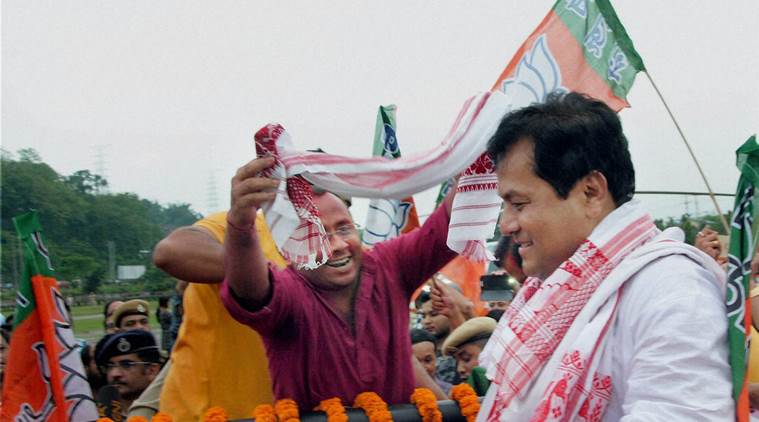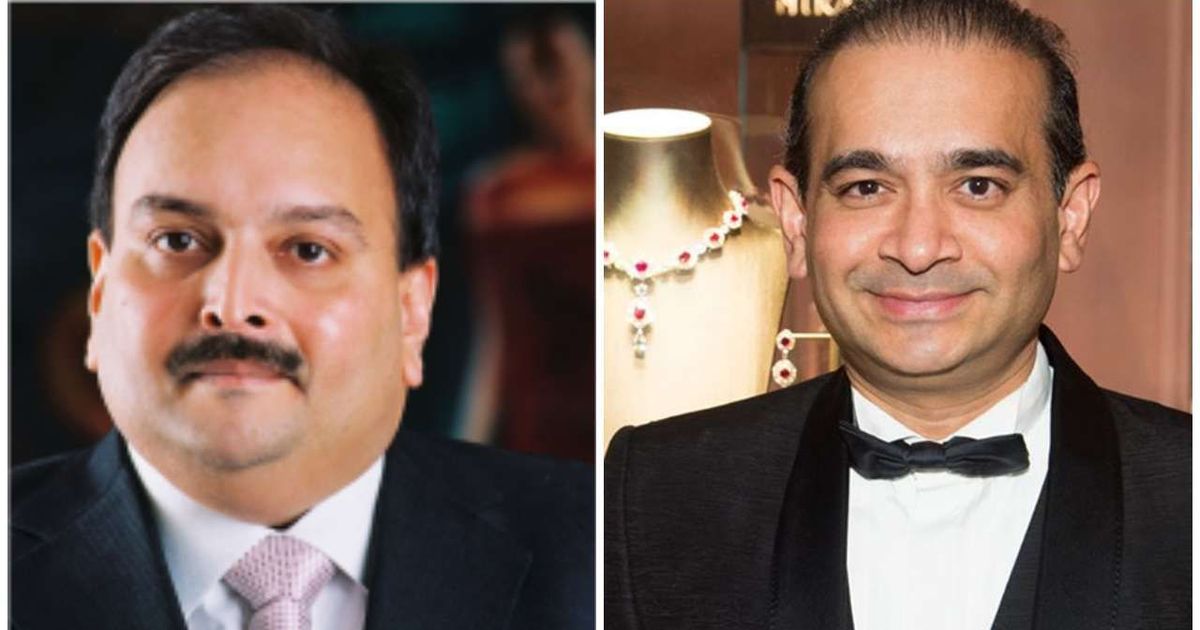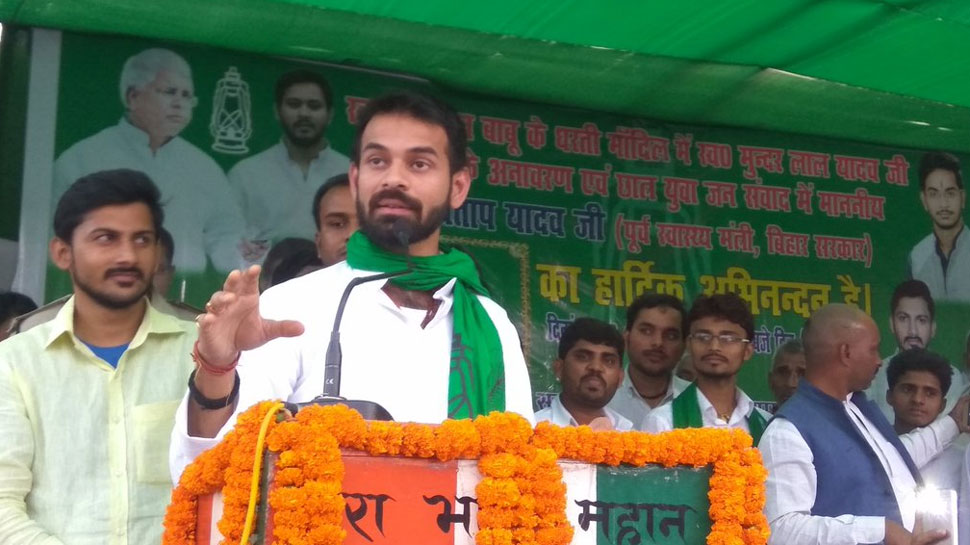Guwahati: BJP chief ministerial candidate Sarbananda Sonowal at a victory procession after the party’s thumping win the Assam Assembly polls, in Guwahati on Thursday. PTI Photo
After the drubbing in Bihar last year, the BJP made a different set of political calculations for Assam, which have borne fruit. First, rather than running against regional sentiment — exemplified by the NDA slogan “Badaliye sarkar, badaliye Bihar” — the BJP aligned itself with regional forces in Assam through its alliances with the AGP and BPF. Data from the Lokniti-CSDS post-poll survey show that this alliance gelled smoothly.
Second, rather than making Prime Minister Narendra Modi the central focus of its campaign, the BJP named union minister Sarbananda Sonowal its chief ministerial candidate.
Third, the promise of a partnership between the state and central governments carried more weight in the transactional political environment of the Northeast than in previous state elections.
Alliance that worked
The first alliance to be announced for the Assam elections was a tie-up between the BJP and the BPF. The BPF had ended its alliance with the Congress following the 2014 election results, and the new pact was sealed by a commitment of Rs 1,000 crore from the Centre to the Bodoland Tribal Council (BTC). BPF supporters in the BTC constituencies had no qualms about the new alliance. Seventy-two per cent of Bodo voters supported the BJP’s alliance with the BPF, while 10% opposed it.
The AGP, facing a secular decline in Assam, had to choose between running alone as it had in 2014, or aligning with the BJP in state elections for the first time since 2001. It opted for the latter, and could transfer its vote base easily to the BJP. Among the AGP’s Assamese Hindu base, 58% voters supported the BJP’s alliance with AGP, while 25% opposed it.
The BJP, therefore, retained much of its 2014 vote base while adding the support of many AGP and BPF voters. Eighty-one per cent of those who voted for the BJP, 83% of those who voted for the AGP, and 80% of those who voted for the BPF in 2014 supported NDA candidates in the Assembly elections. By contrast, the Congress retained only 65% of its voters from 2014, and lost 22% to the NDA.
Centre and State
In the 2015 Bihar Assembly elections, the NDA did not put forward a Chief Ministerial candidate.
In Assam, the BJP appeared to benefit from naming Sarabananda Sonowal as its CM candidate. Thirty per cent of voters preferred Sonowal for the post, while 26% wanted to contine with the Congress’s Tarun Gogoi. This was a steep decline from the 2011 elections, when 38% voters preferred Gogoi as Chief Minister.
The BJP’s argument that the state and the Centre should be governed by the same party clearly resonated with voters. Seventy-one per cent thought that rule by the same party would be good for Assam’s development. This was much more than in Delhi (41%) and Bihar (57%) last year, as well as Haryana, Maharashtra, and Jharkhand which the BJP won in 2014. (See table)
Sam Solomon is a Fulbright-Nehru fellow affiliated with Lokniti, CSDS, Delhi.











